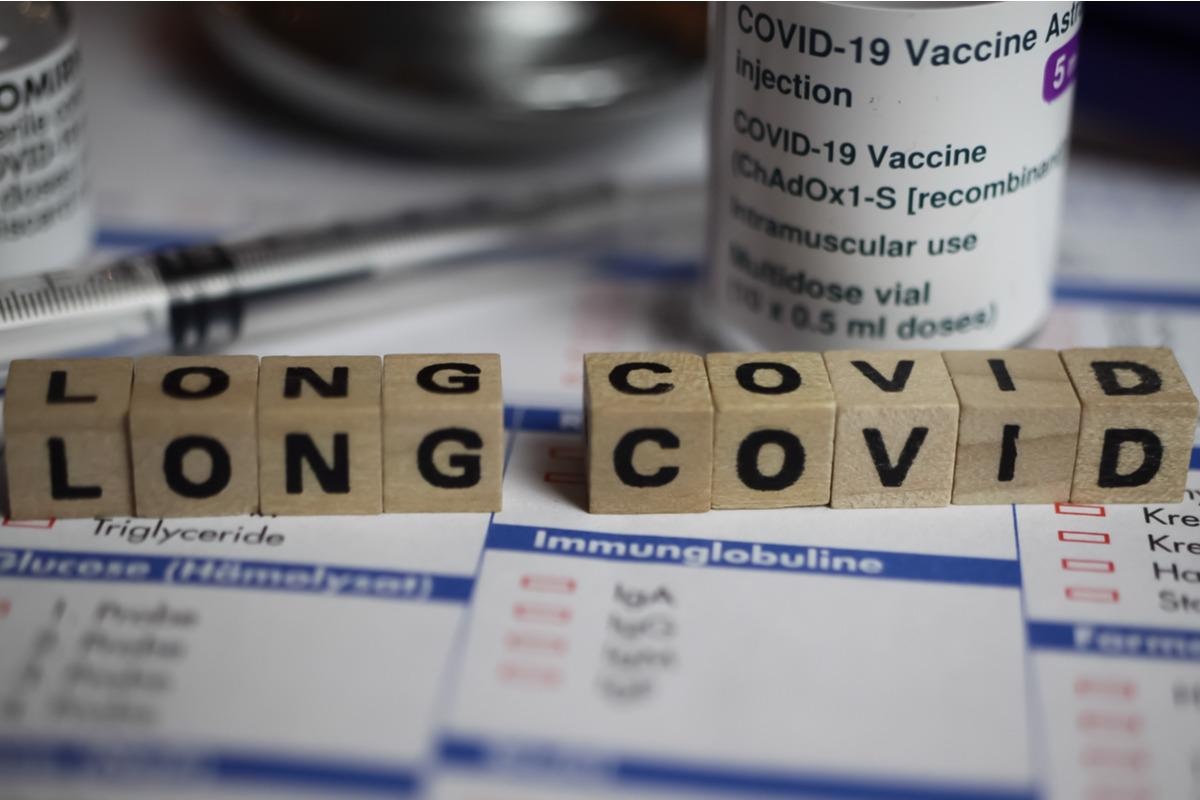The rapid outbreak of the severe acute respiratory syndrome coronavirus 2 (SARS-CoV-2) in 2019 in Wuhan, China, resulted in the coronavirus disease 2019 (COVID-19) pandemic. Since the latter half of 2020, the term ‘Long COVID’ has gained more widespread recognition and led the World Health Organization (WHO) and the Centre for Disease Control and Prevention (CDC) to acknowledge this phenomenon.
 Study: Long Covid: Online patient narratives, public health communication and vaccine hesitancy. Image Credit: Ralf Liebhold/Shutterstock
Study: Long Covid: Online patient narratives, public health communication and vaccine hesitancy. Image Credit: Ralf Liebhold/Shutterstock
More recently, Long Covid has been renamed post-acute sequelae of Covid (PASC). Although COVID-19 is a global issue, particular economic or socio-cultural circumstances mean that certain patients experience this crisis locally and, therefore, may need a more localized response.
In a new study published in Digital Health, scientists built a knowledge base starting with the patient. Using social media data, they aimed to understand what rehabilitation strategies could be adopted for those living with Long COVID.
A new study
For the current study, scientists collected data from Twitter, Facebook, Blogs, Forums, and other smaller platforms, between 1 January 2020 and 1 January 2021 and performed quantitative and qualitative analyses to explore three key areas. They used the UK as a case study for this exercise. The first wave of the pandemic in the UK was between March to May 2020. By focussing on data during this period, researchers shed light on the adverse consequences that arise when the lived-in experience of Long COVID patients differs from official health communications and research.
October 2020 to January 2021 was when the UK experienced the second wave. Using data from this period, scientists showed how closing the gap mentioned above led to a better approach to support, research, and services considering patients’ experience. Lastly, researchers considered data from the initial stages of vaccine rollout (January 2021) to show some of the emerging concerns that could shape recommendations of public health authorities and future research.
Key findings
In the UK sample, there were a total of 1.38 million posts across news and social media platforms. These included 1.19 million tweets, 63.3 thousand news reports, 47.6 thousand blog posts, 38.4 thousand Reddit posts, 21.2 thousand Facebook posts, 20 thousand forum posts, 4.51 thousand comments on articles about Long COVID, and 991 other types of posts.
The Twitter mentions about Long COVID were mainly retweets (678 thousand). Quoted (commented upon) tweets accounted for 236 thousand posts, and 174 thousand posts were replied to. The possible number of people who read these messages was about 177 million. Approximately 60% of individuals who tweeted about Long COVID were female, and about 47.4% of posters were in the age range of 25-34 years.
The official ‘recovery time’ changed throughout the pandemic. The main point to note was that Long COVID sufferers defined their own ‘abnormal’ recovery against official periods at a given moment. The number of social media posts on this topic peaked much earlier than those officially recognized/quantified by health authorities from June 2020 onwards. The posts included information on the length of COVID-time, symptoms, emotional response, etc., and these were motivated by a disconnect between official definitions and personal experiences. The hashtag #MedTwitter was frequently used to alert doctors of the symptoms.
During the second wave, the situation had changed somewhat, and there was more acknowledgment of the differential rates of access to Long COVID clinics and support. At this stage, research had progressed, and NHS support services focused more on the long-term symptoms of the disease. Specific types of neurological/organ damage suffered by Long COVID patients received special attention, but much work remained. By the time the vaccination program commenced, some of these issues had remained, alongside new ones concerning the lack of clarity and support surrounding vaccines for those living with Long COVID.
Conclusion
There has been a rapid increase in the number of studies on Long COVID. The current study demonstrated that there could be detrimental consequences to ignoring patient voices. There is still a tension between ‘official’ and ‘unofficial’ narratives of Long COVID that may need reconciling.
A limitation of this study is the focus on a country that has digital access, infrastructure, and literacy. Some of the socio-cultural findings may not necessarily be applicable globally. Recourse to focus groups/interviews may be necessary to get a clearer picture, something that short tweets may fail to capture. Similarly, the social media data used is unlikely to capture discussions in other countries and communities. Scientists stated that more research is required to understand how definitions of Long COVID differ according to different socio-cultural and geo-political contexts.